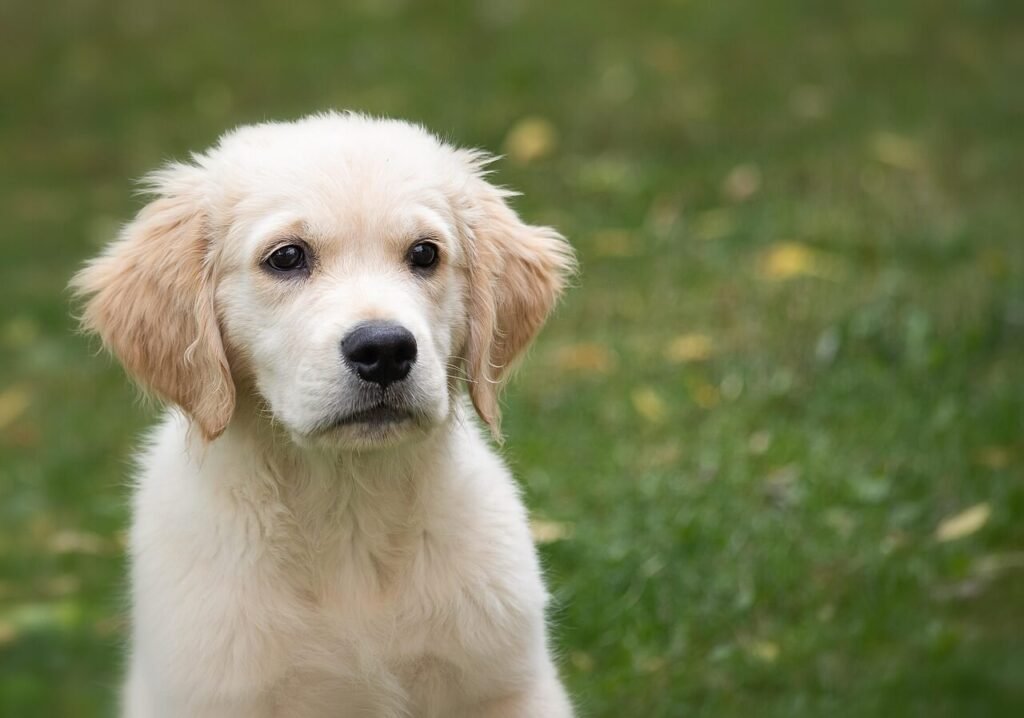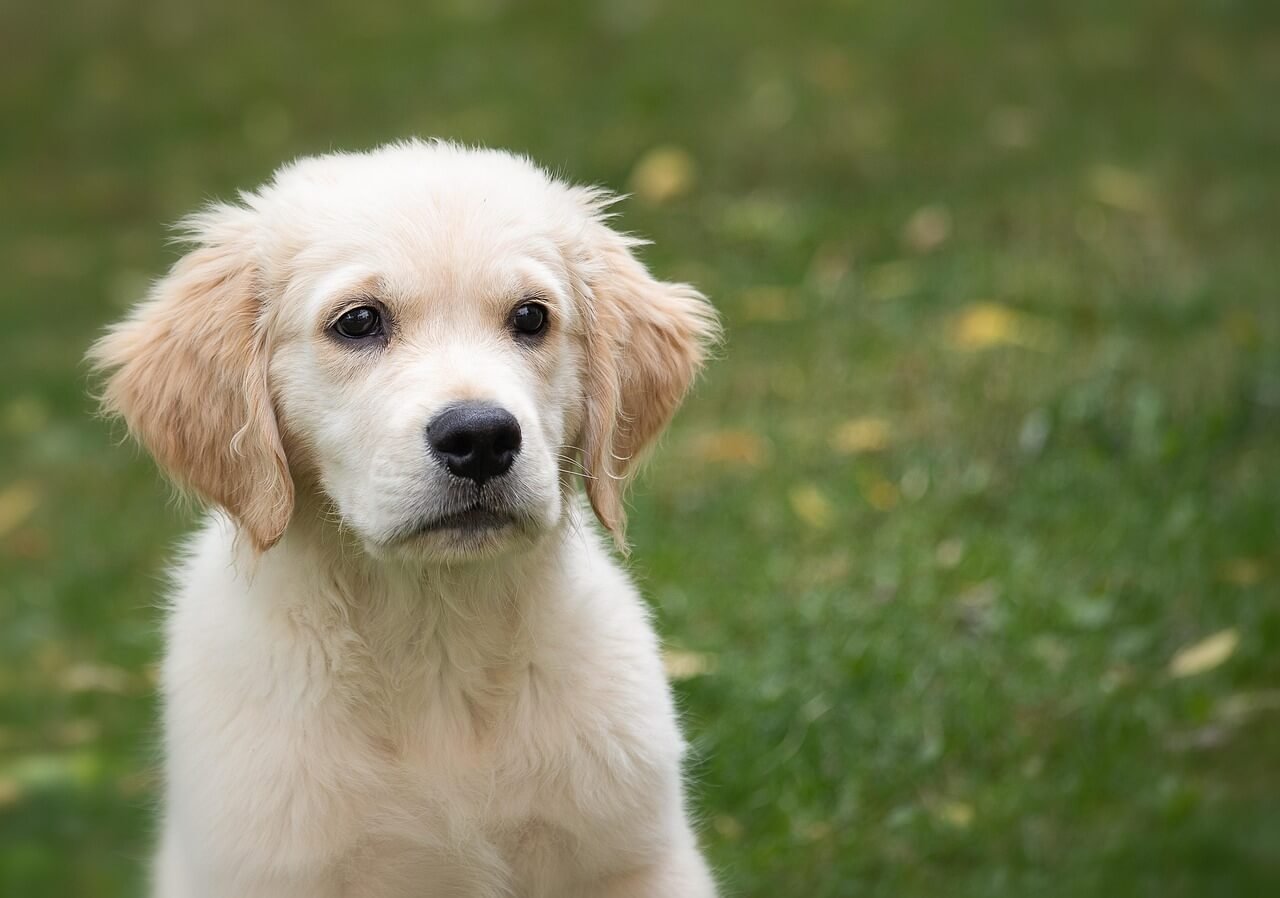Are Onions Bad for Dogs? Understanding the Risks and Keeping Your Pet Safe
Onions are a staple in many kitchens, adding flavor to countless dishes. However, when it comes to our furry friends, onions can pose serious health risks. Whether raw, cooked, powdered, or even hidden in foods, onions are toxic to dogs and can lead to dangerous conditions like anemia. As a responsible pet owner, it’s crucial to understand why onions are harmful, how they affect your dog’s body, and what steps you can take to prevent accidental ingestion. In this article, we’ll explore the dangers of onions for dogs, symptoms of toxicity, and tips for keeping your canine companion safe.
The Science Behind Onion Toxicity in Dogs
Onions contain compounds called thiosulfates and sulfoxides, which are toxic to dogs. These substances damage red blood cells, leading to a condition known as hemolytic anemia. Even small amounts of onion can be harmful, depending on the size and breed of your dog. Here’s a breakdown of why onions are so dangerous:
Thiosulfates Attack Red Blood Cells :
These compounds cause oxidative damage, making red blood cells fragile and prone to bursting.Sulfoxides Increase Oxidative Stress :
Sulfoxides exacerbate the destruction of red blood cells, worsening the effects of toxicity.All Forms Are Dangerous :
Whether raw, cooked, powdered, or dehydrated, onions retain their toxic properties.Cumulative Effect :
Repeated exposure to small amounts of onion can build up over time, leading to chronic toxicity.Size Matters :
Smaller dogs are more susceptible to onion poisoning due to their lower body weight.
Understanding these mechanisms highlights why onions should never be part of your dog’s diet. Prevention is key to avoiding potentially life-threatening complications.
The Science Behind Onion Toxicity in Dogs
Onions contain compounds called thiosulfates and sulfoxides, which are toxic to dogs. These substances damage red blood cells, leading to a condition known as hemolytic anemia. Even small amounts of onion can be harmful, depending on the size and breed of your dog. Here’s a breakdown of why onions are so dangerous:
Thiosulfates Attack Red Blood Cells :
These compounds cause oxidative damage, making red blood cells fragile and prone to bursting.Sulfoxides Increase Oxidative Stress :
Sulfoxides exacerbate the destruction of red blood cells, worsening the effects of toxicity.All Forms Are Dangerous :
Whether raw, cooked, powdered, or dehydrated, onions retain their toxic properties.Cumulative Effect :
Repeated exposure to small amounts of onion can build up over time, leading to chronic toxicity.Size Matters :
Smaller dogs are more susceptible to onion poisoning due to their lower body weight.
Understanding these mechanisms highlights why onions should never be part of your dog’s diet. Prevention is key to avoiding potentially life-threatening complications.
Check this guide 👉Can Dogs Eat Apple Cores? Best 7 Expert Tips!
Check this guide 👉Can Dogs Eat Bell Peppers? Best 7 Expert Tips!
Check this guide 👉Can Dogs Eat Turkey? Best 7 Health Tips!

Foods Safe for Dogs | Foods Toxic to Dogs |
|---|---|
Carrots | Onions |
Blueberries | Garlic |
Apples (seedless) | Grapes and raisins |
Plain chicken | Chocolate |
Pumpkin (plain, canned) | Alcohol |
Keeping Your Dog Safe: Tips for Avoiding Onion Toxicity
Preventing onion exposure is essential for protecting your dog’s health. With a little vigilance, you can ensure that your pet avoids this dangerous food. Here are some practical tips:
Read Ingredient Labels Carefully :
Check packaged foods for onion powder, garlic powder, or other hidden sources of toxicity.Avoid Sharing Human Food :
Many human meals contain onions or garlic; it’s safer not to share at all.Secure Trash Cans :
Dogs are notorious scavengers, so keep trash bins out of reach to prevent accidental ingestion.Teach “Leave It” Commands :
Training your dog to avoid certain foods can save them from harmful substances.Supervise During Walks :
Ensure your dog doesn’t eat discarded food or scraps while outdoors.
By taking these precautions, you can minimize the risk of onion exposure and keep your dog healthy and happy.
What to Do If Your Dog Eats Onions: Steps to Take
If you suspect your dog has ingested onions, acting quickly is crucial. While professional veterinary care is always recommended, here are some immediate steps you can take:
Remove Access to the Source :
Ensure your dog cannot continue eating onions or onion-containing foods.Induce Vomiting (If Advised) :
Contact your vet before attempting this, as timing and dosage are critical.Provide Activated Charcoal :
This can help absorb toxins in the stomach if administered promptly.Monitor Vital Signs :
Keep an eye on your dog’s breathing, heart rate, and overall demeanor until you reach the vet.Seek Immediate Veterinary Care :
A vet may perform blood tests, administer IV fluids, or provide other treatments to stabilize your dog.
Prompt action and professional care are essential for treating onion poisoning effectively. Never delay seeking help if you suspect toxicity.
Hidden Dangers: Foods You Might Not Realize Are Harmful
Onions can be sneaky—they often hide in foods that seem harmless at first glance. Many processed or pre-packaged meals contain onion powder or other forms of this toxic ingredient, making it essential to scrutinize what your dog eats. Here’s a list of common foods that may contain hidden onions:
Sauces and Gravies :
Many savory sauces, including pasta sauce and gravy, use onion powder as a base flavor.Processed Meats :
Sausages, hot dogs, and deli meats frequently include onions or garlic for taste.Soups and Broths :
Onion is a staple in many soup recipes, even if it’s not immediately visible.Pre-Made Seasoning Mixes :
Spice blends like steak seasoning or taco mixes often contain onion or garlic powder.Baby Food :
Some baby foods include onion or garlic for flavoring, so always check the label.
Being aware of these hidden sources helps you avoid accidentally feeding your dog something harmful. Always read ingredient lists carefully to ensure their safety.
Dog-Friendly Flavor Boosters: Adding Taste Without the Risk
If you’re looking to enhance your dog’s food without using onions or garlic, there are plenty of safe and healthy alternatives. These options not only add flavor but also provide nutritional benefits. Here are some dog-friendly substitutes:
Parsley :
Fresh parsley can add a mild, fresh flavor while being safe for dogs in moderation.Carrots :
Finely chopped or steamed carrots offer sweetness and are rich in vitamins.Pumpkin :
Plain canned pumpkin (not pie filling) adds a savory touch and aids digestion.Sweet Potatoes :
Cooked and mashed sweet potatoes are a nutritious and tasty addition.Bone Broth :
Homemade bone broth without onions or garlic is a flavorful and hydrating option.
By using these alternatives, you can safely enhance your dog’s meals while avoiding harmful ingredients like onions. Always introduce new foods gradually to monitor for any adverse reactions.
Spreading Awareness: Helping Others Keep Dogs Safe
Many pet owners and even some caregivers may not realize how dangerous onions are for dogs. Educating friends, family, and neighbors about onion toxicity can help protect more animals from harm. Here’s how you can raise awareness effectively:
Share Information on Social Media :
Post articles or infographics about onion toxicity to reach a wider audience.Talk to Pet Sitters and Dog Walkers :
Ensure anyone caring for your dog knows which foods to avoid.Distribute Handouts at Community Events :
Create simple flyers about toxic foods to share at local pet events or vet clinics.Host a Pet Safety Workshop :
Organize a session to teach others about common household hazards for pets.Encourage Open Conversations :
Discuss pet safety with fellow dog owners to exchange knowledge and tips.
By spreading awareness, you contribute to a safer environment for all dogs. Education is a powerful tool in preventing accidental poisonings and ensuring our furry friends stay healthy.
Frequently Asked Questions About Onions and Dogs
Can my dog eat a small piece of onion without harm?
Even small amounts can be toxic, especially for smaller breeds or repeated exposure.
Are cooked onions less dangerous than raw ones?
No, cooking does not reduce the toxic compounds in onions.
What should I do if my dog eats onion soup?
Contact your veterinarian immediately, as onion soup contains concentrated amounts of onion.
How long does it take for onion poisoning symptoms to appear?
Symptoms may show up within hours or days, depending on the quantity ingested.
Can garlic substitute for onions in my dog’s diet?
No, garlic is also toxic to dogs and poses similar risks as onions.
Final Thoughts: Protecting Your Dog from Onion Toxicity
Onions may be a flavorful addition to our meals, but they are far from safe for our canine companions. Understanding the risks associated with onion ingestion and taking proactive measures to prevent exposure can save your dog from unnecessary suffering. By staying informed, reading labels carefully, and teaching your dog healthy habits, you can ensure their safety in a world full of tempting but potentially harmful foods. Remember, when it comes to your pet’s health, prevention is always better than cure. So keep those onions out of reach and focus on providing nutritious, dog-friendly alternatives instead. Your furry friend will thank you with wagging tails and boundless love.
Canned Pumpkin for Cat Diarrhea: Best 7 Expert Tips! Natural remedy to firm stools, soothe upset bellies, and support gut health safely.
Can a Cat Give You Scabies? Best 7 Expert Tips! Discover the truth about feline mites, human skin risks, and how to protect yourself—without panic.
Cat Flea vs Human Flea: Best 7 Expert Tips! Discover the truth about bites, species, and how to eliminate infestations for good.
Weird Cat Behaviors: Best 7 Expert Tips! Discover why cats do strange things—and how to understand, not punish, their instincts for a happier home.





